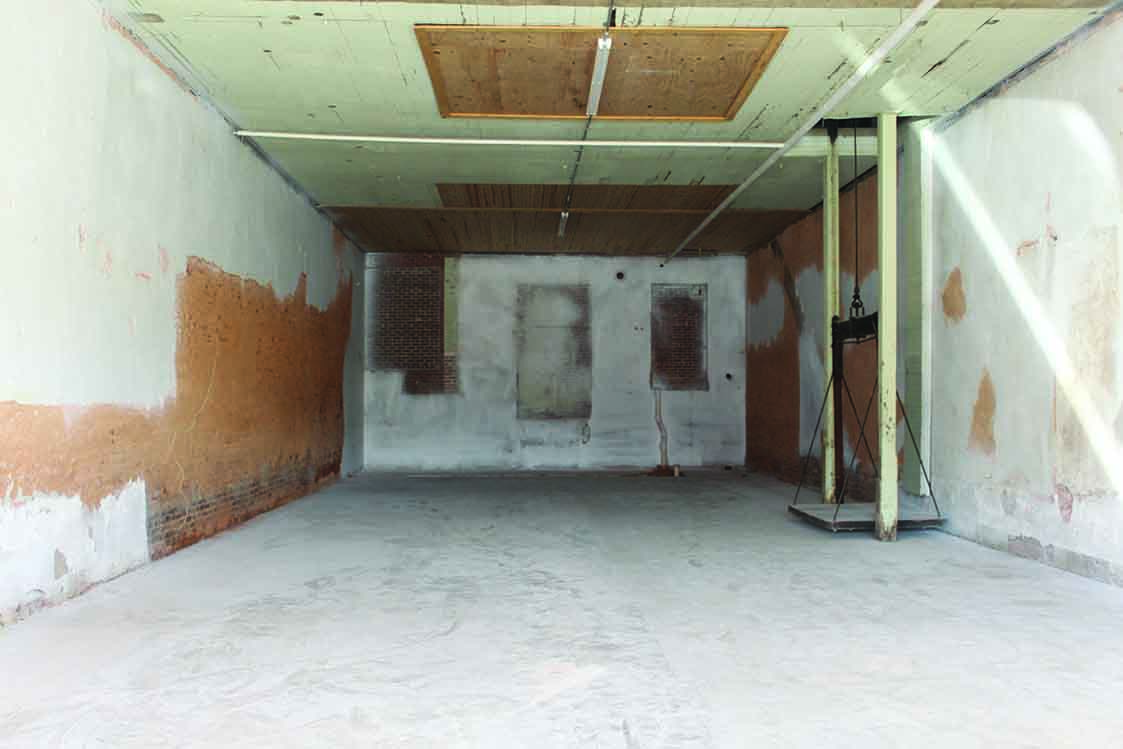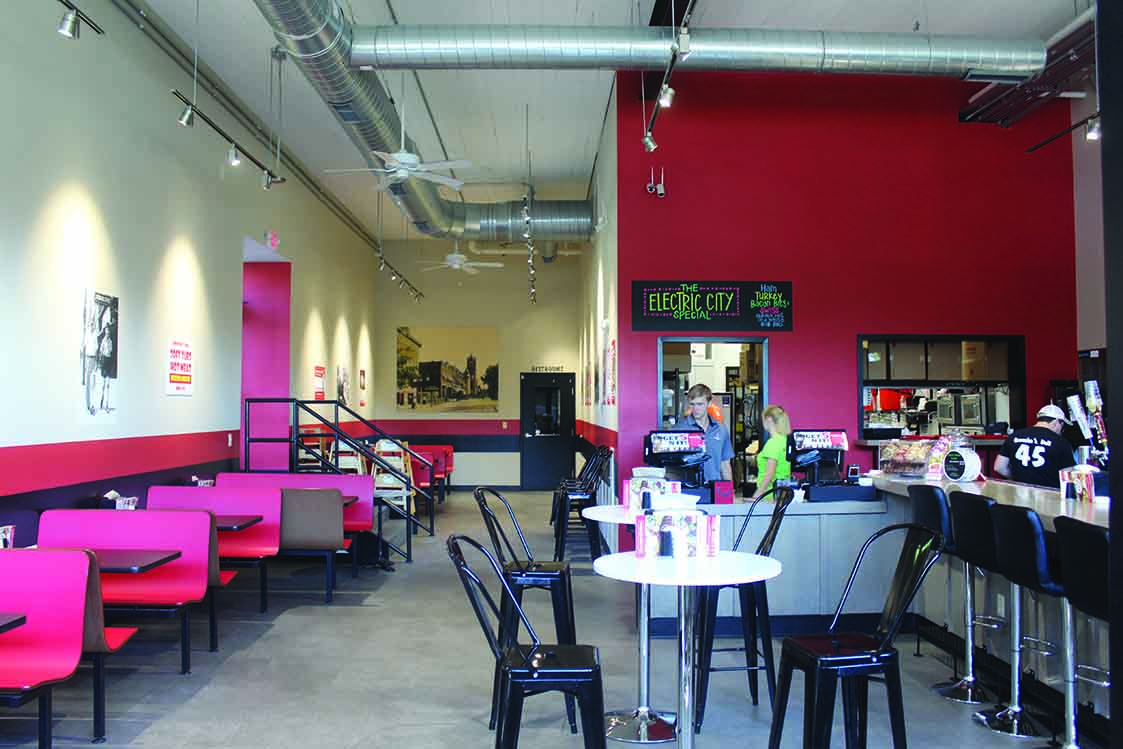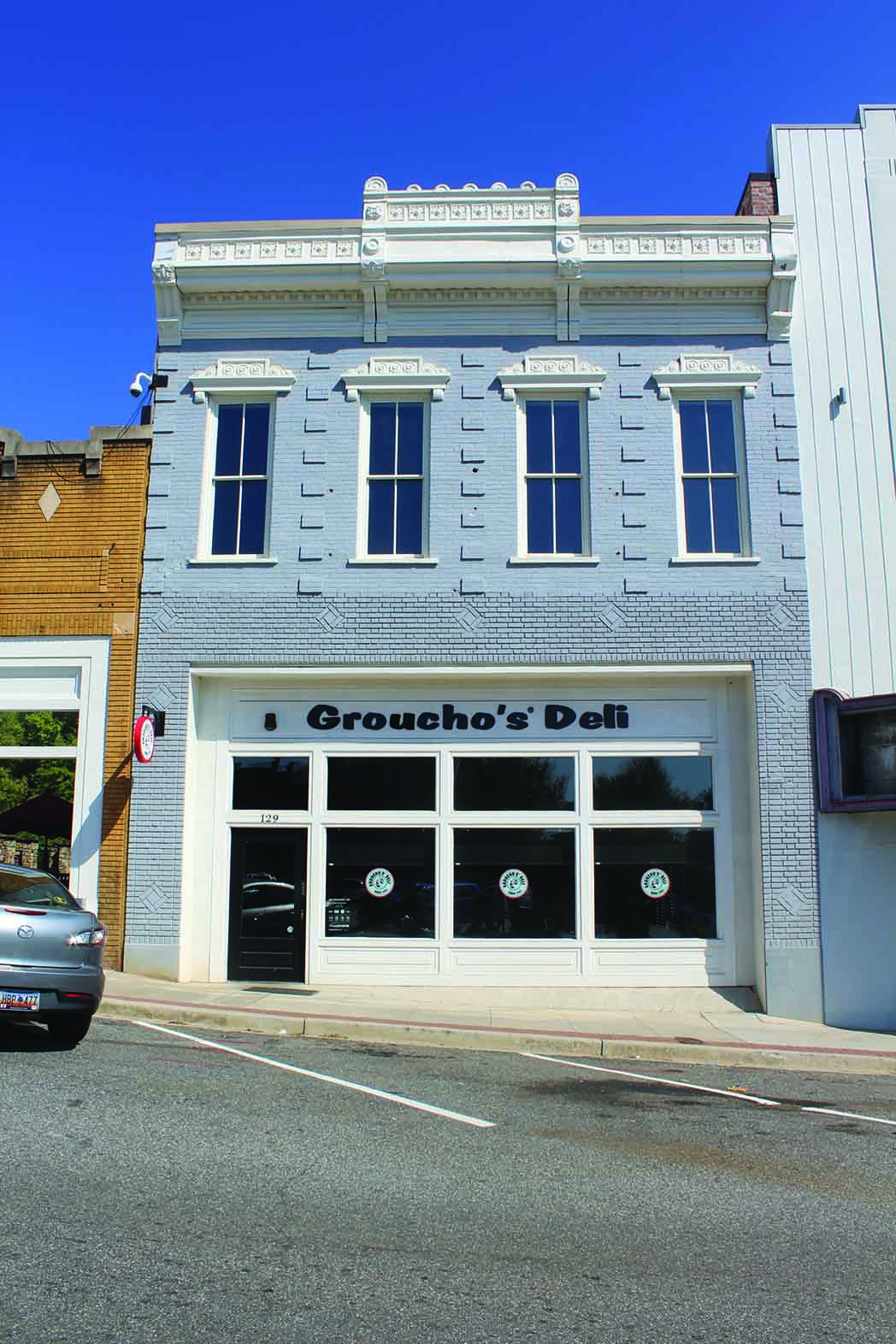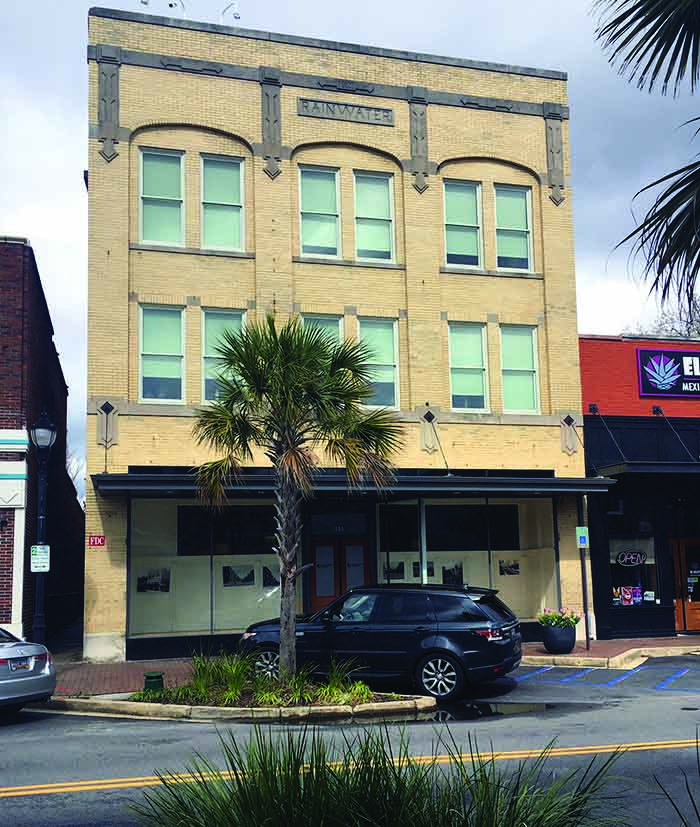For people growing up in Myrtle Beach in the 1950s and '60s, downtown was the destination to buy groceries, shop for furniture or get a haircut. But for decades, the original downtown — the Main Street and Broadway at the Beach area near where U.S. 501 empties into the tourist city — has been home to abandoned, deteriorating buildings.


The revitalization of the Tolly Furniture building in downtown Anderson used abandoned building tax credits as well as state and federal historic tax credits. The project reworked the interior into space for a Groucho’s Deli. Photo: Rogers Lewis Jackson Mann & Quinn, LLC.
"We can call it downtown all we want, but it certainly doesn't have the characteristics of a downtown. We know we're a top destination for tourism, but we also know there are people who live here permanently. We want to create that place that's special for our locals," said Lauren Clever, the director of the City of Myrtle Beach's Downtown Development Office. "That's the conversation that started all this: How do we create the downtown that locals want to come to?"
Myrtle Beach recently had its downtown placed on the National Register of Historic Places and has created an Arts and Innovation District as part of the city's master plan, hoping to spur revitalization of its downtown. Two major renovation projects are being planned for previously abandoned downtown buildings — a construction company's business headquarters and a craft brewery.
Like other cities and towns around the state, Myrtle Beach leaders are stressing the importance of tax credits and abatements that developers can use to bring new life to historic or abandoned buildings.
Part of that push includes taking advantage of the South Carolina Abandoned Buildings Revitalization Act, passed in 2013 and then extended by the legislature through 2021. The law allows developers to receive tax credits for rehabilitating empty or underutilized buildings.
Under the law, 66% of the building has to be abandoned for five years to be eligible for a credit. The developer can choose to use either a state income tax credit, which applies automatically if the developer satisfies the statutory requirements; or a property tax credit, with the consent of the affected taxing entities. The income credits are more typically used. The state income tax credits cannot be sold, but in practical terms they can be monetized through a partnership with one or more investors, according to Will Johnson, an attorney with Haynsworth Sinkler Boyd in Columbia who heads the firm's economic development practice group.

First built in about 1910, the Tolly Furniture building now houses a Groucho's Deli.
Photo: Rogers Lewis Jackson Mann & Quinn, LLC.
Combining the Abandoned Buildings Revitalization Act tax credits with other state and federal historic rehabilitation credits can be a big plus. For example, a taxpayer could have a potential total credit equal to 70% of qualified rehabilitation expenses — 20% federal historic preservation, 25% state historic preservation and 25% abandoned building credit.
"All of this is a public sector commitment to save buildings of character, buildings that have had substantial impact on communities," said Fred Delk, executive director of the Columbia Development Corporation, which helps economic development in the capital city through public-private partnerships and business development. "The alternative is to tear the building down and start over. In many cases that leads to typical suburban-type development that certainly doesn't create a great deal of community character. These historic buildings, these are the things that make a community unique."
In Columbia, Delk said the first building that used historic property tax credits was renovated 22 years ago. "Now in Columbia we've done dozens and dozens of these projects. Many of the developments along Main Street have been done using the tax credits."
Columbia also uses the Bailey Bill, a property tax abatement that allows developers and taxpayers to pay city and county taxes on the prerehabilitation value of a historic building for 20 years after the building has been renovated.
Amy Moore, preservation planner with the City of Columbia, says the Bailey Bill has been used for more than a dozen projects just on Main Street. Also, being able to layer different credits on top of each other can be key in making a project financially feasible. Those tax credits and abatements allow developers to renovate buildings that were considered too costly or impossible to redevelop. One of those buildings was the Palmetto Compress development in Columbia, where tax incentives and abatements were used to help turn a historic but dilapidated cotton warehouse into popular upscale apartments.
Developers may be skeptical at first, but once a project is proven successful, it clears the path for more to follow.
"Multiple cities across the state and across the country demonstrate the movement of people back into city centers," Johnson said. "Suburbanization led to a lot of great old city centers being neglected. If those cities can land that first big project, it can lead to a wave of additional investment. You can look at downtown Florence, Columbia and Spartanburg as examples of communities that have used this program with a lot of success to jumpstart the downtown development everyone wants."

The Rainwater Building in downtown Florence, an example of an
abandoned building tax credit project, is now home to Med-Enroll.
For cities, it's important to be proactive — to understand the incentives available, and to know what buildings in their communities that would be potential sites for redevelopment. Cities could identify and publicize buildings that would qualify for the Abandoned Buildings Revitalization Act in advance, clearing the way for developers to take advantage of tax incentives and abatements.
"Make sure commercial real estate brokers who work in your area know if you have evaluated buildings that meet the criteria for tax credits," Johnson said. "Keep in mind that other tools are available as well, particularly for historic properties. If you have a historic building that's abandoned, you can use abandoned building credits, you can use federal and state historic credits, and potentially you could use the Bailey Bill for property tax relief. That would be the grand slam in terms of downtown redevelopment — to be able to use all four of those tools on one project."
Once a developer or two takes advantage of these incentives and successfully renovates these old buildings, more projects become viable. But the first person is taking the most risk.
The craft brewery that plans to move into an abandoned building in Myrtle Beach is taking that chance, Clever said.
"There's nothing here, but they know their business model and their vision. Any city that's had a brewery come in to a dilapidated area, it's been a catalyst for success. Other businesses start popping up because there's a success story there," Clever said. "Cities need to look at what you can offer a business to help them get their foot in the door. Knowing that in 10 years it's going to look completely different than what it looks like right now."
And now is the time to take advantage of these tax credits and abatements.
"We're fortunate in South Carolina right now. If instituted and used by developers, we have the best financial opportunity to use these tools to rehabilitate historic buildings, maybe in the country," Delk said. "It's really quite extraordinary."
Learn more about the Abandoned Buildings Revitalization Act tax credit and other tax credits.
